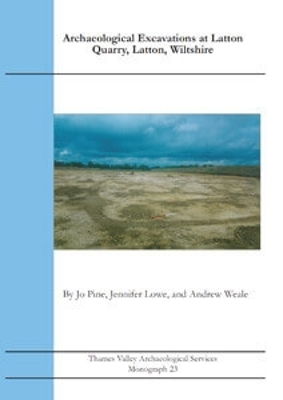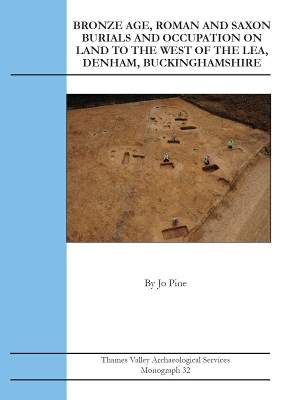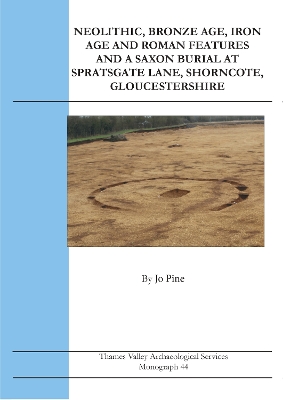TVAS Monograph
3 primary works
Book 23
Book 32
Bronze Age, Roman and Saxon Burials and Occupation on land to the west of The Lea, Denham, Buckinghamshire
by Jo Pine
Published 12 September 2018
Book 44
Excavations within Shorncote Quarry prior to mineral extraction, revealed a landscape occupied or exploited from the Mesolithic through to the post-medieval period. The earliest evidence took the form of Mesolithic flints. The first cut features were two pits which contained pottery of earlier Neolithic date. Radiocarbon dating of one of the pits confirmed this chronology with a date of 3347-3084 cal BC. The later Neolithic is represented by three pits, one containing a 'placed deposit' of worked flint and a polished stone axe probably from Cornwall. Radiocarbon gave this pit a date of 2789-2569 cal BC. Late Neolithic-Early Bronze Age activity took the form of a small ring ditch with a central inhumation burial and a possible 'head and hooves' cattle burial. A radiocarbon date of 2292-2135 cal BC was obtained from a fragment of the human skull. In the Middle Bronze Age, an adult female was buried in a crouched position, with a radiocarbon date of 1382-1323 cal BC. The later Bronze Age to early Iron Age saw a dispersed open settlement which included roundhouses, four-post granaries (or variants with 6 or 8 posts), and fence lines.
The middle-later Iron Age is represented by roundhouses, pits and postholes and several lengths of segmented linear boundaries. Late Iron Age-early Roman occupation is less dense, taking the form of a small number of pits. Roman activity comprised a trackway and a series of enclosures and ditches together with a stone-lined well and pits. This occupation dates between from the later 1st century and throughout the 2nd century. The 3rd century was represented by a small mixed inhumation and cremation cemetery. There was a hint of Anglo-Saxon occupation with just a few sherds of pottery, but one burial radiocarbon dated to the 8th or 9th century at the south end of the site (cal AD701?894). Medieval and post-medieval ridge and furrow and field ditches were also recorded.
The middle-later Iron Age is represented by roundhouses, pits and postholes and several lengths of segmented linear boundaries. Late Iron Age-early Roman occupation is less dense, taking the form of a small number of pits. Roman activity comprised a trackway and a series of enclosures and ditches together with a stone-lined well and pits. This occupation dates between from the later 1st century and throughout the 2nd century. The 3rd century was represented by a small mixed inhumation and cremation cemetery. There was a hint of Anglo-Saxon occupation with just a few sherds of pottery, but one burial radiocarbon dated to the 8th or 9th century at the south end of the site (cal AD701?894). Medieval and post-medieval ridge and furrow and field ditches were also recorded.


